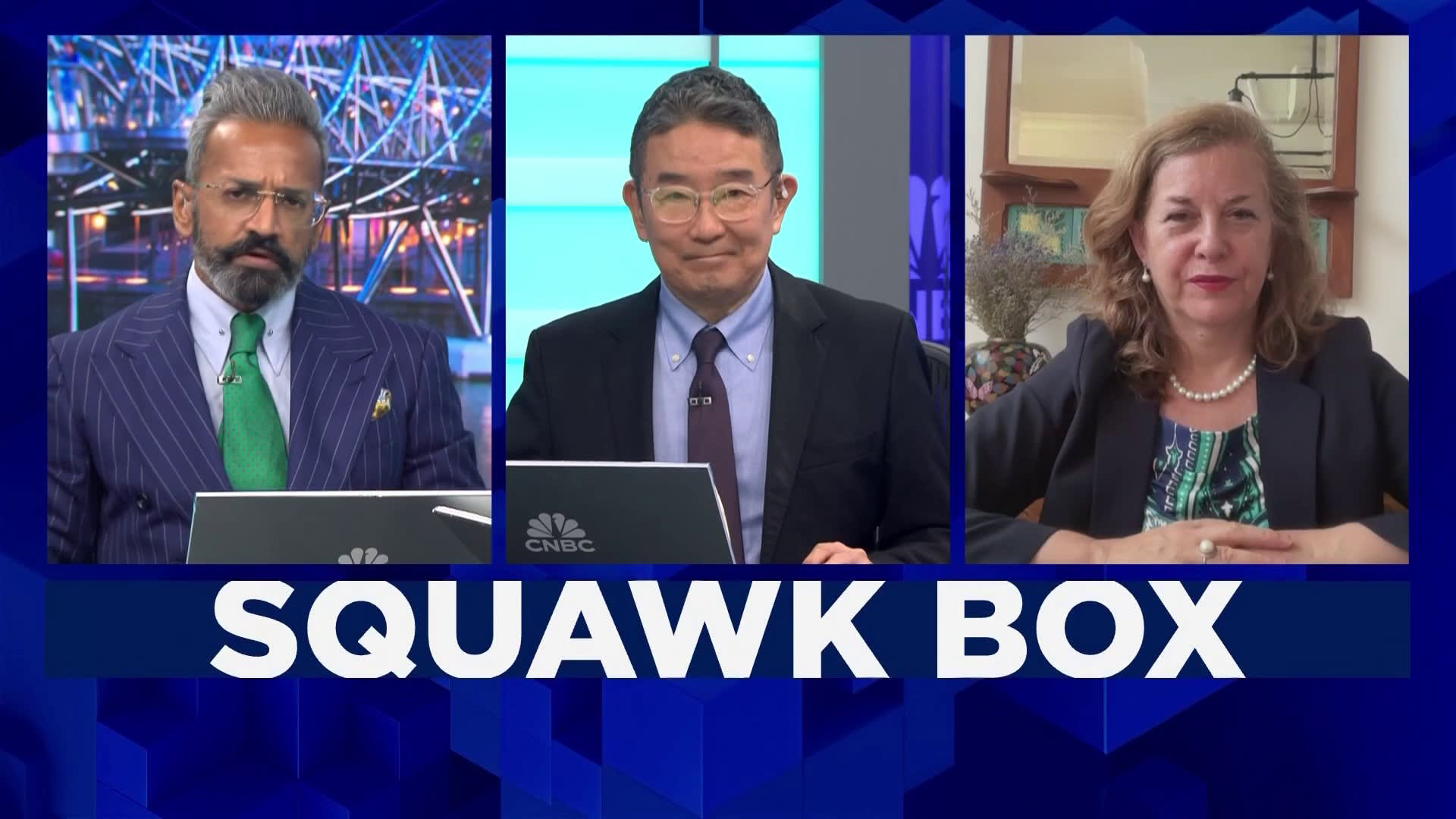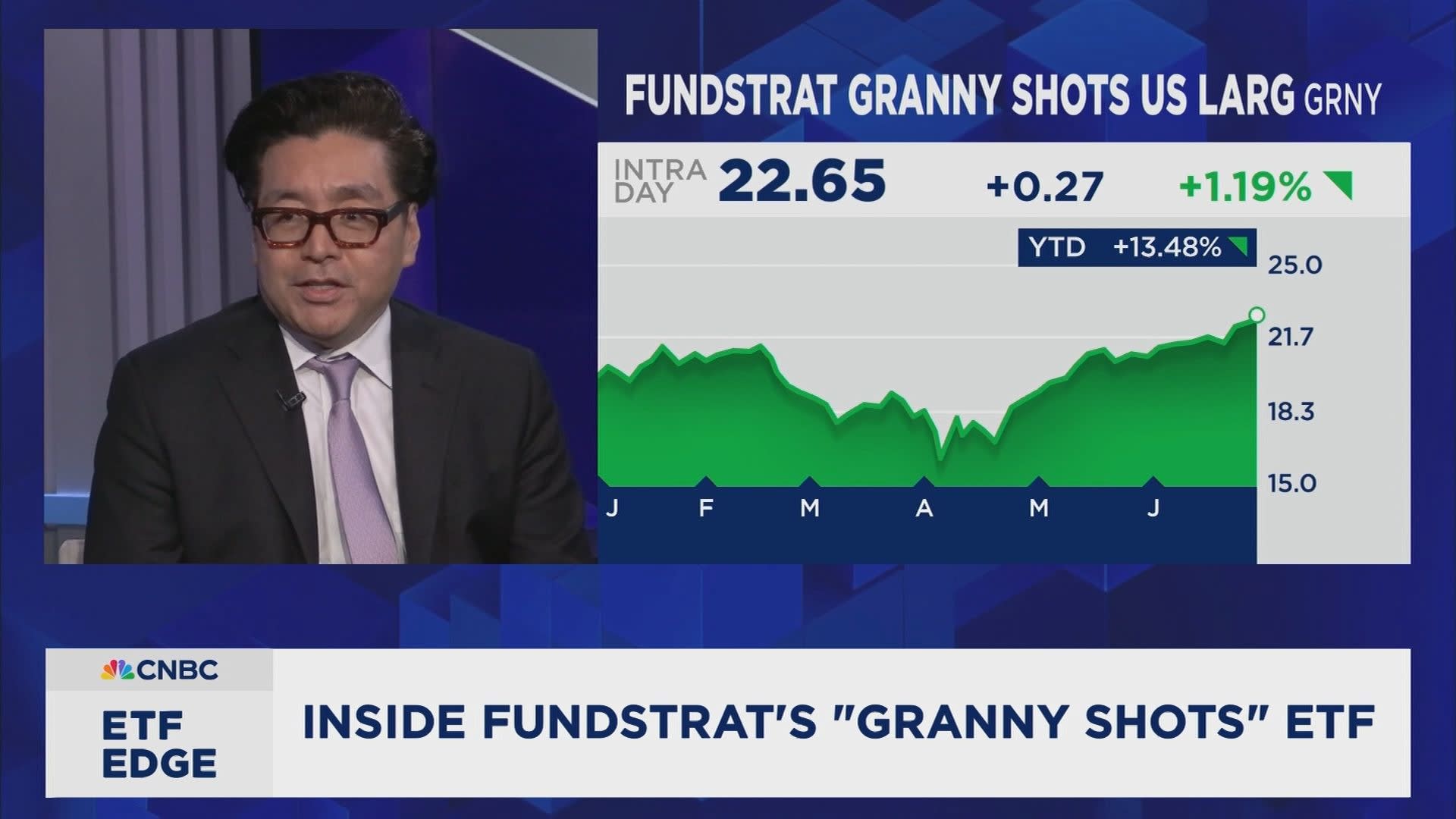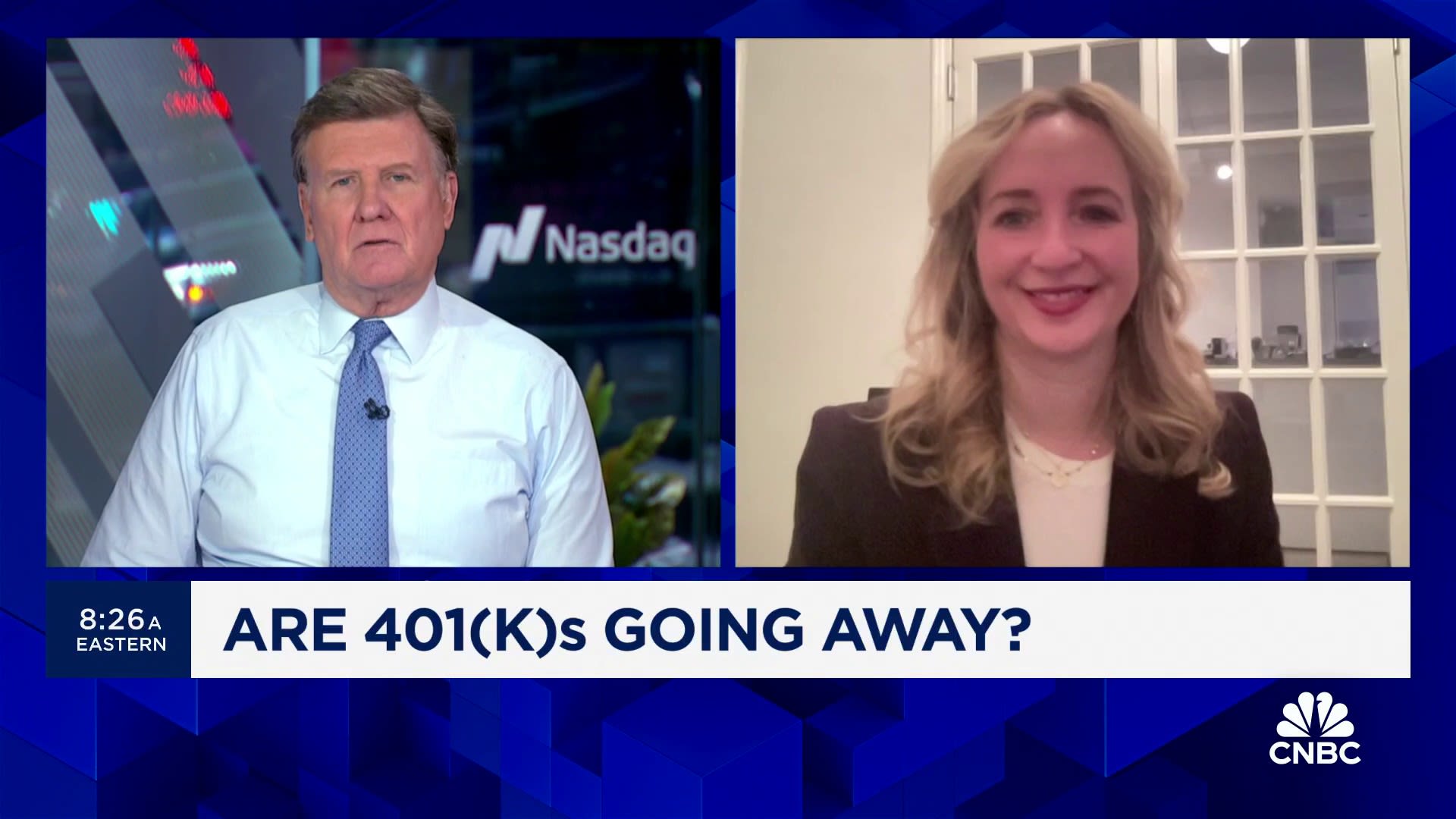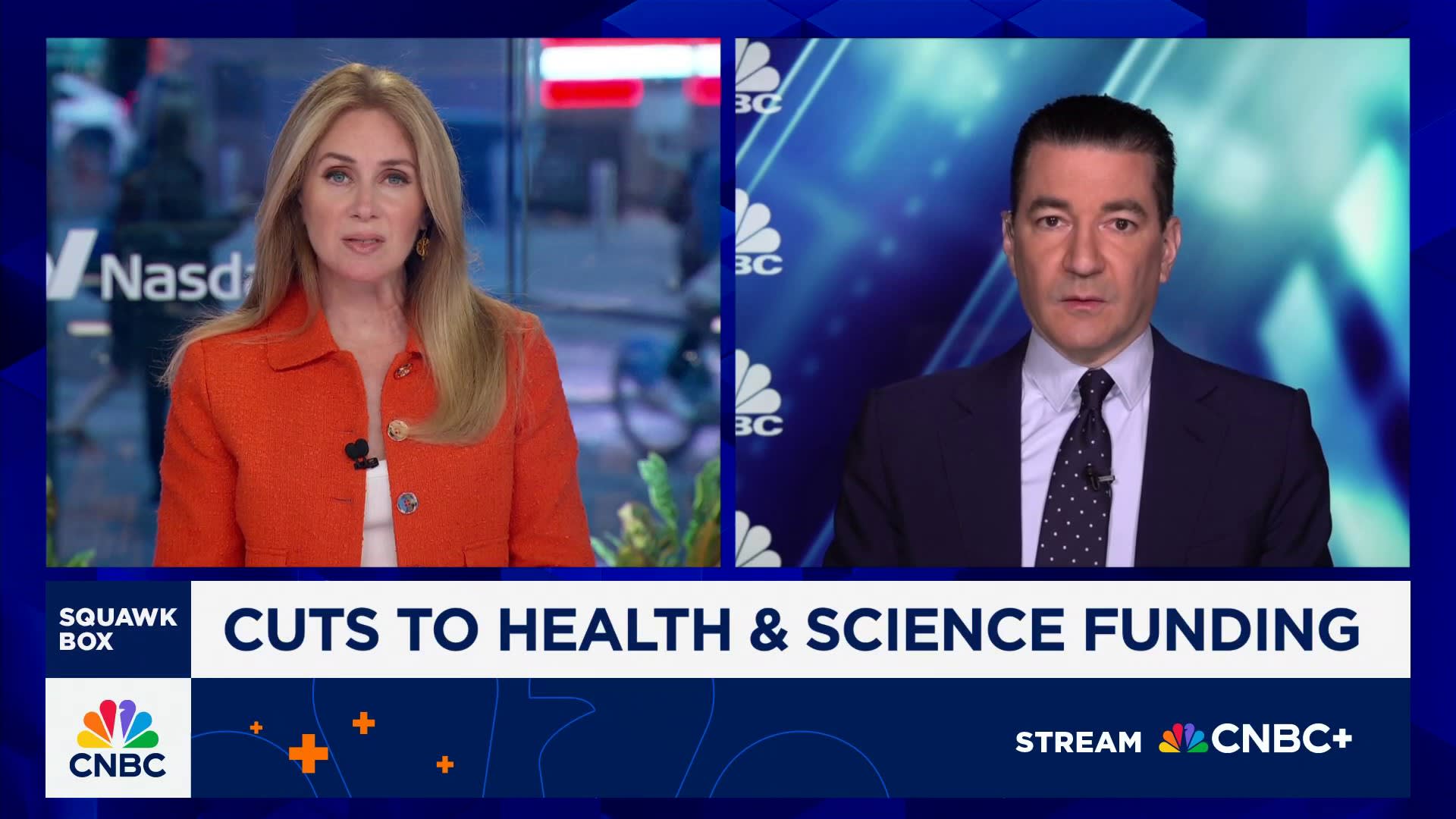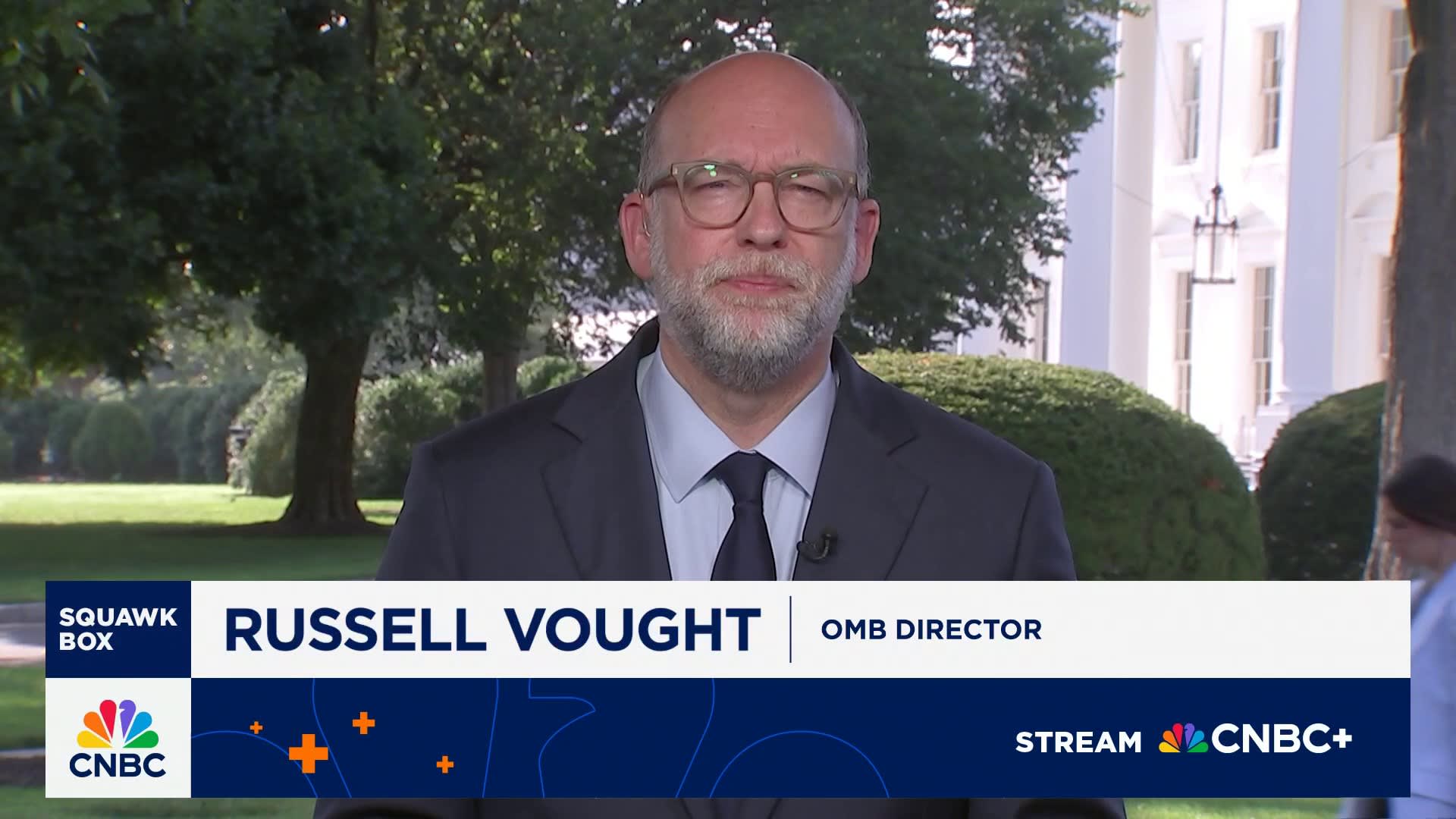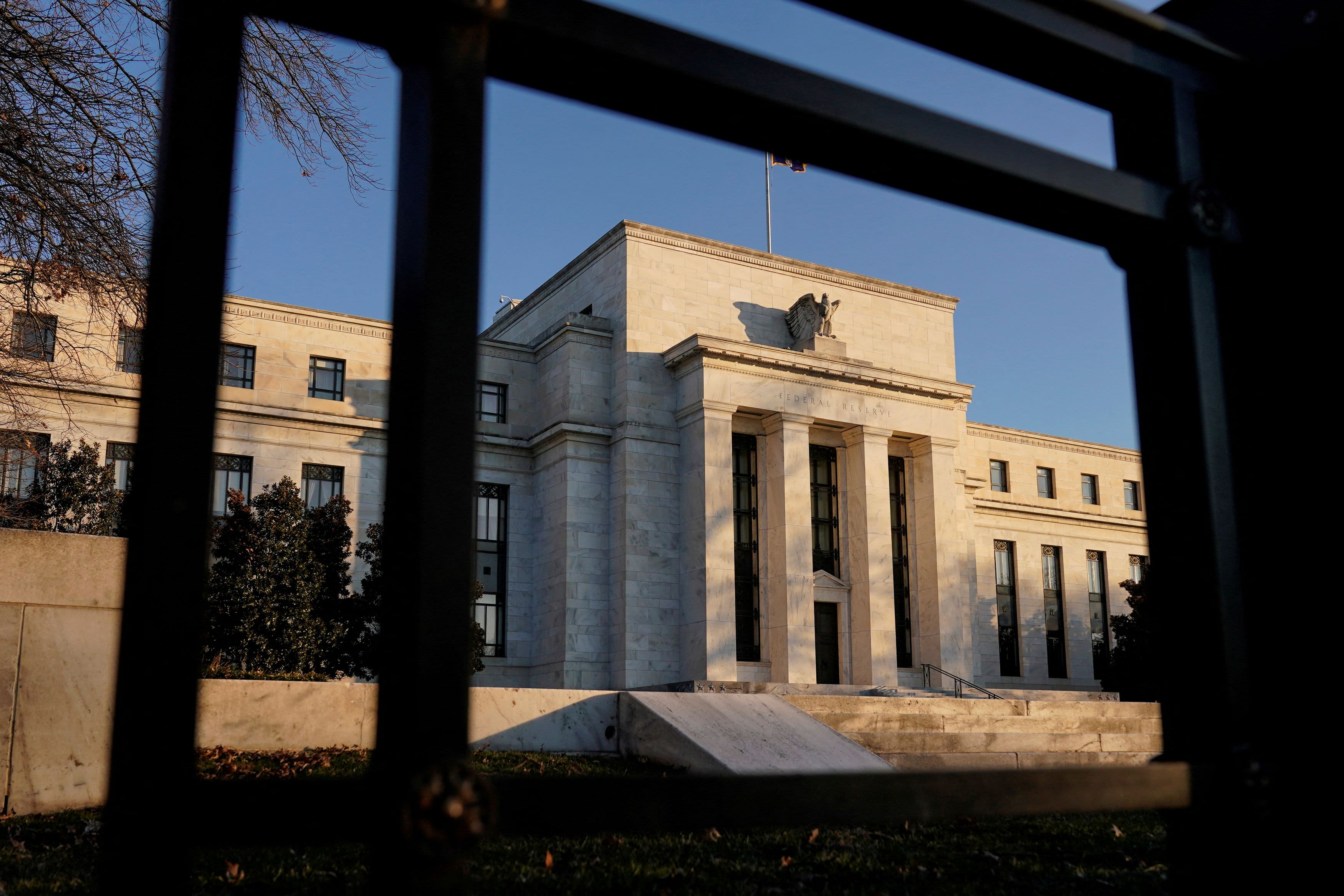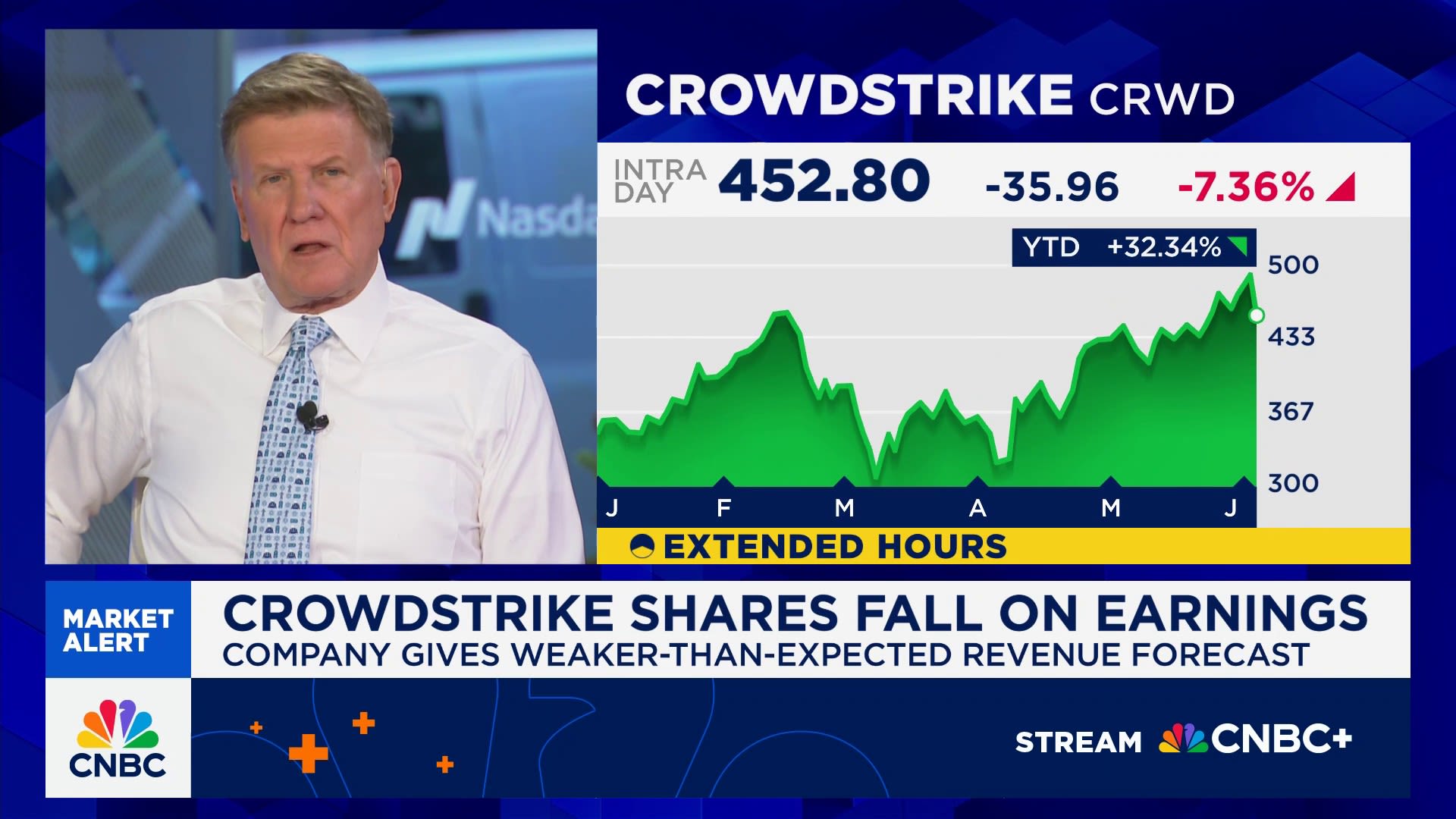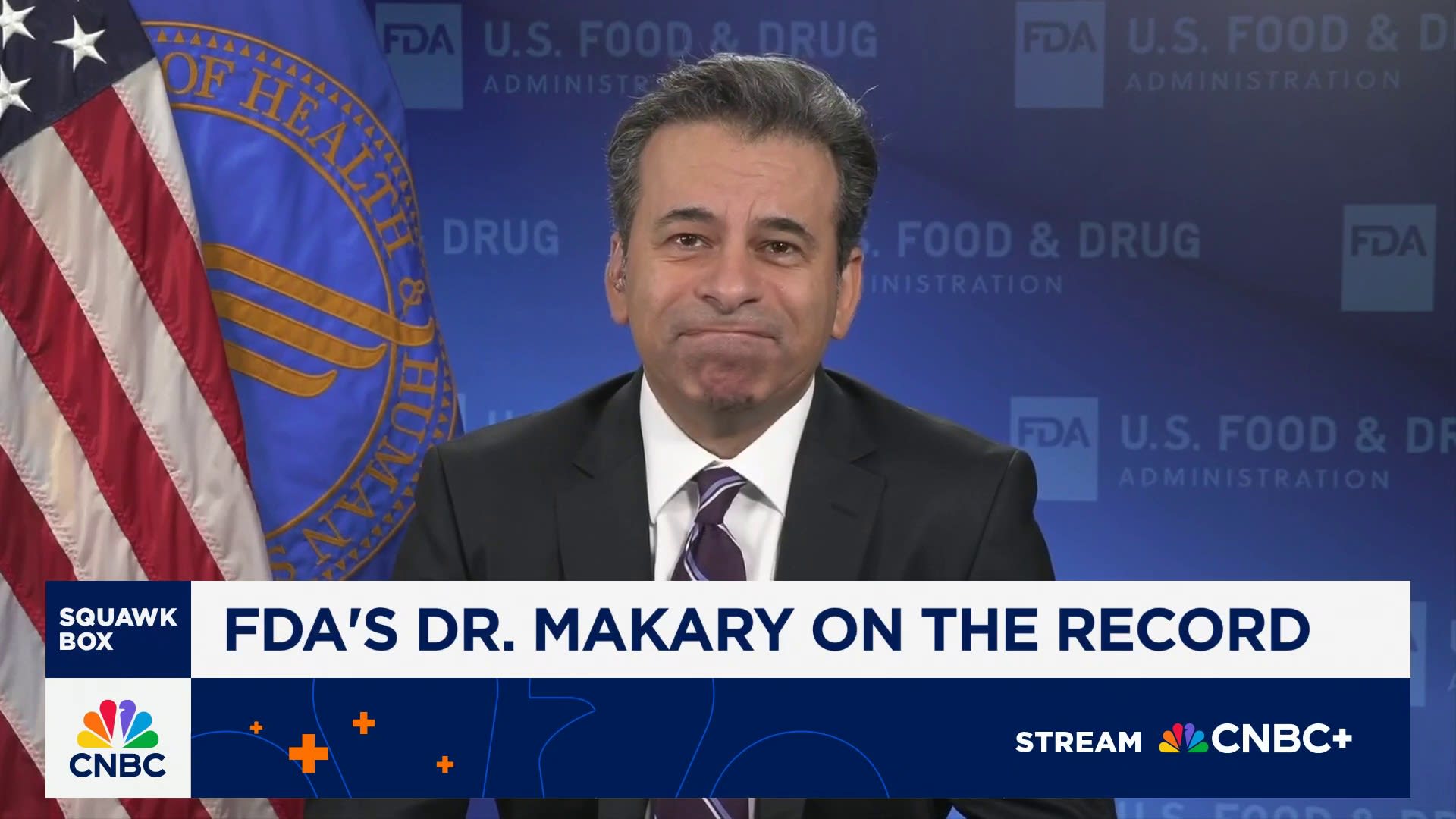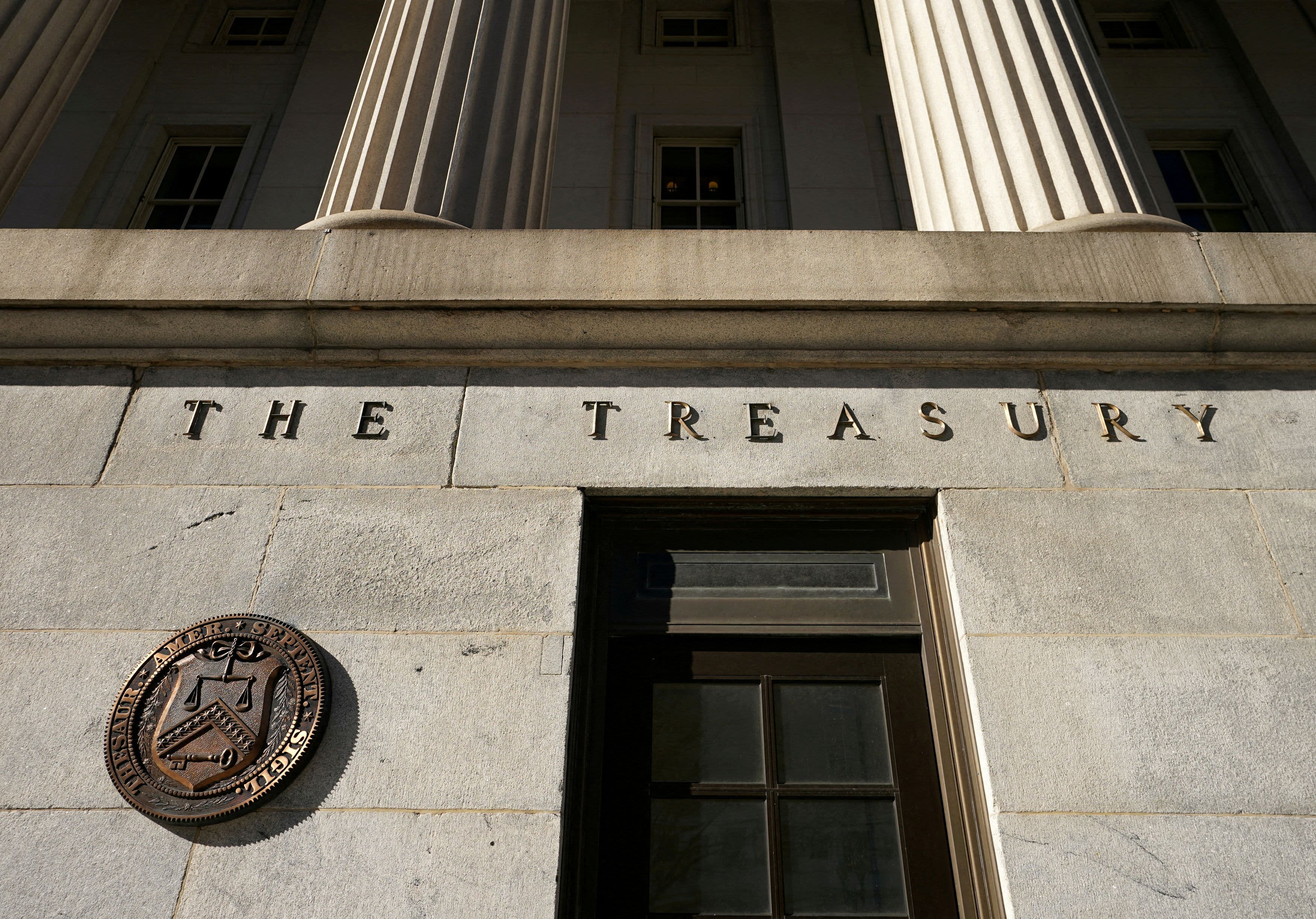China’s and U.S.’ flags are seen printed on paper in this illustration taken January 27, 2022.
Dado Ruvic | Reuters
BEIJING — Risks of an intense U.S.-China trade war are rising rapidly, according to analysts, after Beijing responded more forcefully than many had expected to U.S. President Donald Trump’s latest tariffs.
In a shift in tone, China also dropped its call for negotiations on trade in a weekend statement that condemned U.S. levies, raising the prospects of an extended period of tariff escalation.
“China has taken and will continue to take resolute measures to safeguard its sovereignty, security, and development interests,” China’s Ministry of Foreign Affairs said in a statement on Saturday.
Beijing on Friday retaliated with levies of 34% on all U.S. goods — matching the latest duties by the Trump administration. Those came on top of the 10-15% tariffs China levied in March and February, which had focused on agricultural and energy products imported from the U.S.
“Raising tariff on all U.S. imports by the same amount as Trump’s latest tariff demonstrates China’s determination to go all the way to wherever the U.S. wants to be,” said Andy Xie, a Shanghai-based independent economist.
As part of the broad retaliatory measures, Beijing also placed export curbs on key rare earth elements, prohibited exports of dual-use items to a dozen of U.S. entities, mostly in defense and aerospace industries, and put 11 more U.S. firms to its “unreliable entities list,” subjecting them to broader restrictions while operating in China.
“Beijing’s aggressive posture signals that future retaliation will be more forceful, setting off an escalatory spiral and raising the odds of unmanaged decoupling in 2025,” a team of analysts at Eurasia Group said in a note.
China’s response will likely prompt further rounds of tariffs from the U.S. in an effort to discourage similar moves from other trading partners, Eurasia Group analysts said, noting that “some Trump officials view this as a unique time to double down on China in an effort to accelerate a decoupling of commercial ties.”
Beijing’s swift response came on the back of Trump’s announcement of additional 34% tariffs on China, raising the U.S. weighted average tariff rate on China to as high as 65%, according to Robin Xing, chief China economist at Morgan Stanley.
That could stunt the world’s second-biggest economy by 1.5 to 2 percentage points this year, Xing estimates, citing slower exports growth and entrenched domestic deflation.
Negotiation standstill
Beijing’s shift toward a more “aggressive, escalatory” stance makes a near-term deal to end the trade war between the two superpowers “highly unlikely,” said economists at Capital Economics.
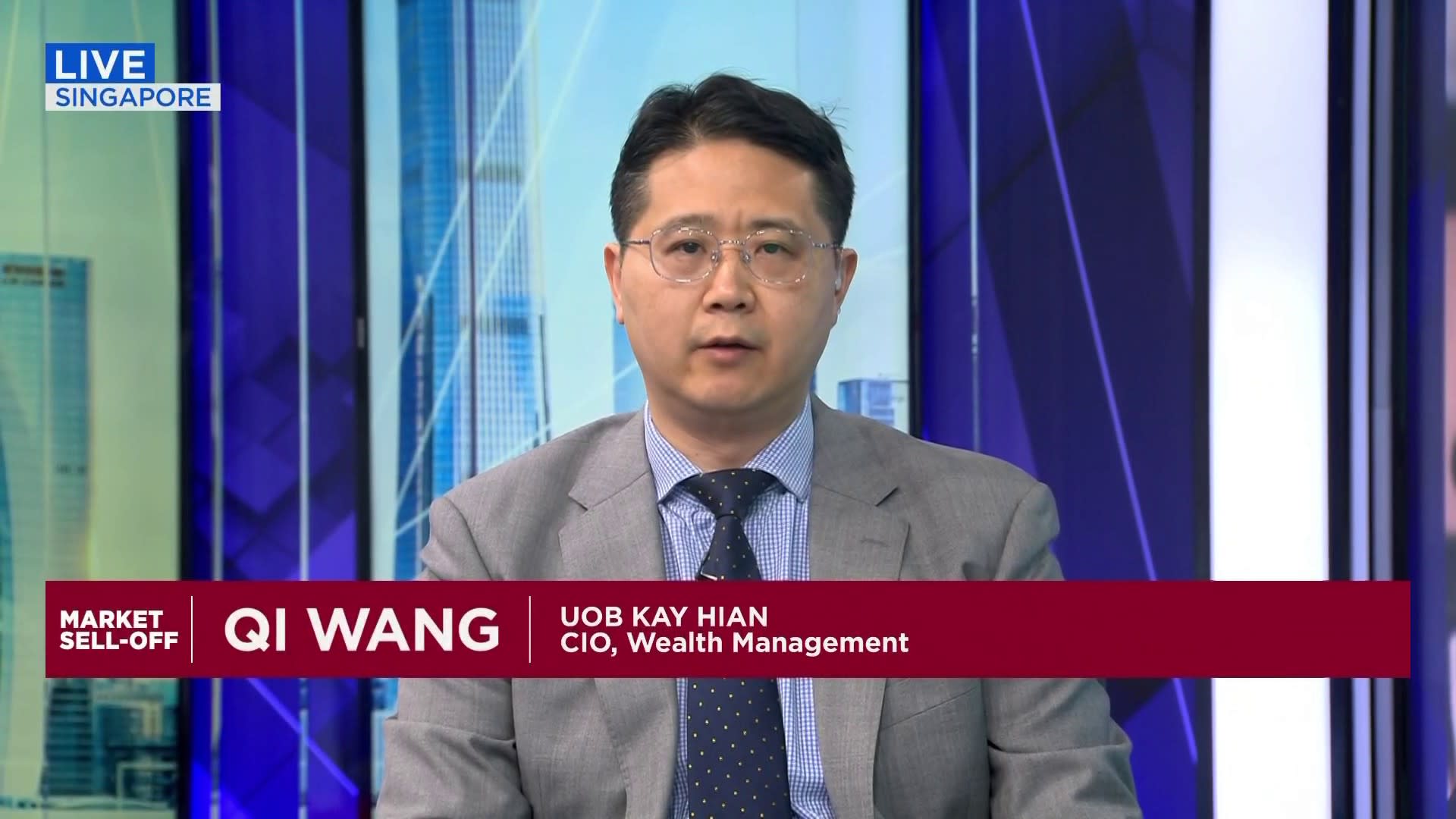
Until last Friday, Beijing’s actions were considered relatively restrained and measured. Trump had also made warm comments praising Chinese President Xi Jinping and expressed interests in arranging a bilateral meeting.
“The abandonment of restraint” in Beijing’s latest retaliatory measures likely reflects Chinese leadership’s “diminished hopes for a trade deal with the U.S., at least in the short term,” Gabriel Wildau, managing director at Teneo said in a note.
Trump derided China’s latest response as an act of panic. In a post on social media platform TruthSocial, he said “China played it wrong, they panicked — the one thing they cannot afford to do!” The president has said that he would consider lowering tariffs on China if Beijing approves the sale of short video app TikTok to U.S. investors.
Yet Beijing may not be onboard with the sale. “National dignity is Beijing’s key consideration on TikTok, but exchanging TikTok for relief from newly imposed tariffs would carry the unmistakable whiff of China’s leaders yielding to bullying,” said Wildau.
Analysts at Eurasia Group, however, suggested Beijing still desires a deal and is prepared to negotiate. “Strong, asymmetric, tit-for-tat tariff retaliation is a precondition for Beijing to come to the negotiating table,” they added.
Without ruling out negotiations with the U.S., state-backed publication People’s Daily in an opinion piece said Beijing was “fully prepared in all aspects to handle potential shocks” with ample policy room to defend it economy.
People’s Daily, which is frequently used to convey official policy views, outlined Beijing’s plans to counter the economic fallout by boosting domestic consumption “with extraordinary strength,” lowering key policy rates whenever needed and further fiscal easing.
The diminishing prospect of a deal between Beijing and Washington has exacerbated a global market rout, sending the Hang Seng China Enterprises Index — which tracks Chinese shares listed in Hong Kong — down over 13% Monday, setting it on course for its worst day since the global financial crisis.
The yield on China’s 10-year government bonds plunged 9 basis points to 1.634%, according to LSEG data, while the offshore yuan weakened 0.35% to 7.3212 per dollar.
